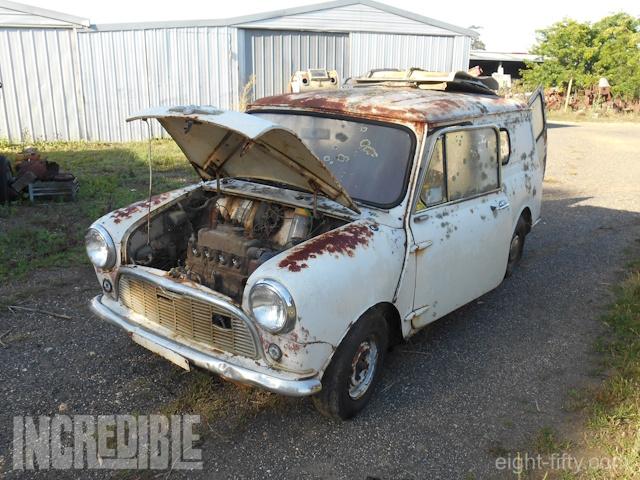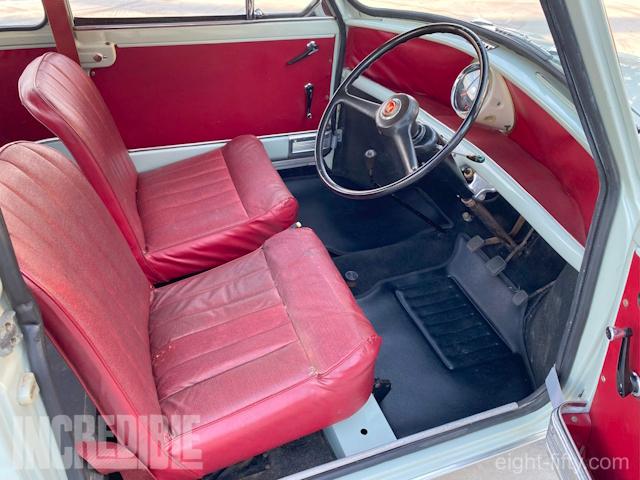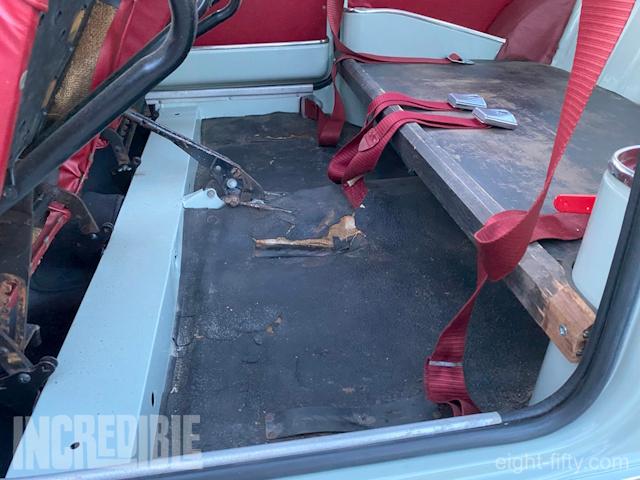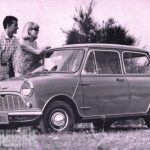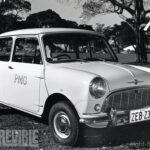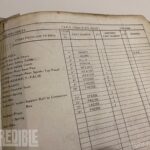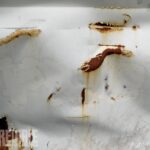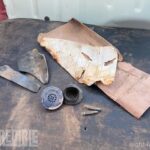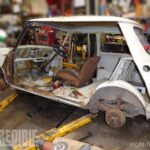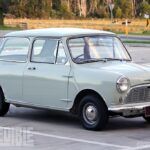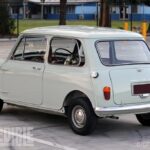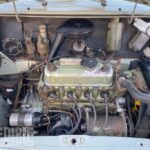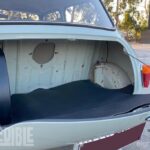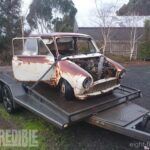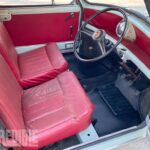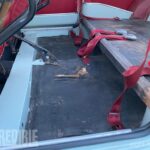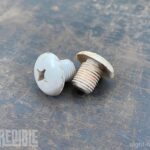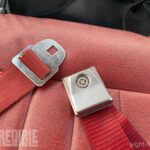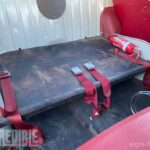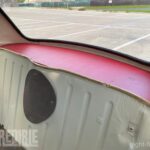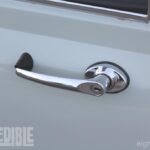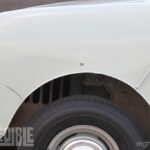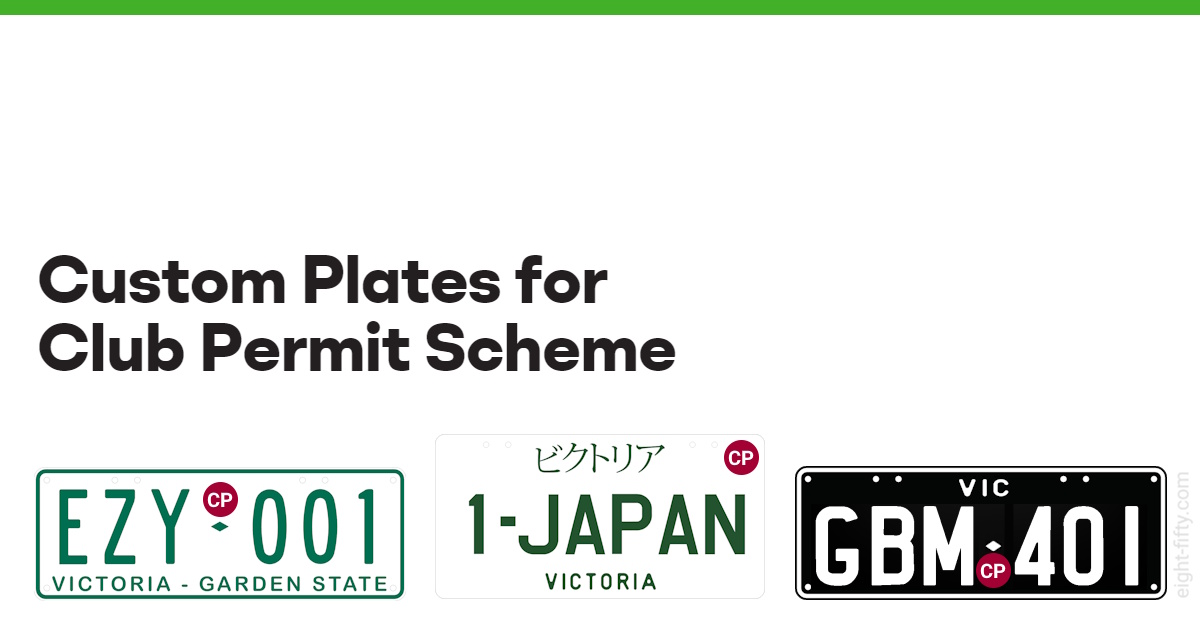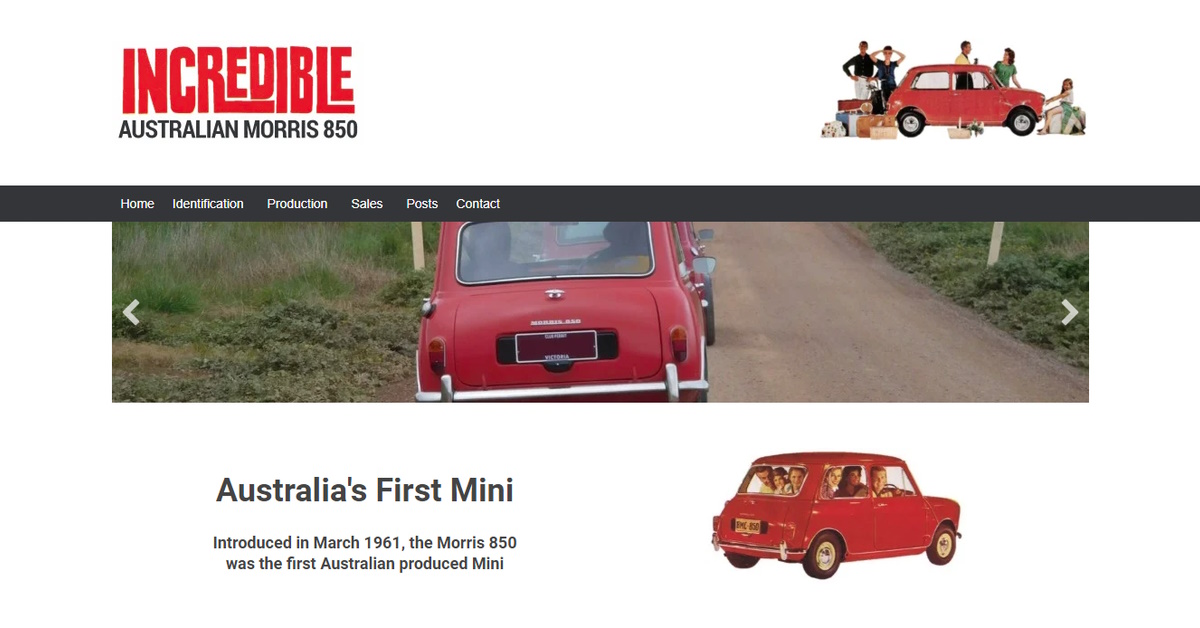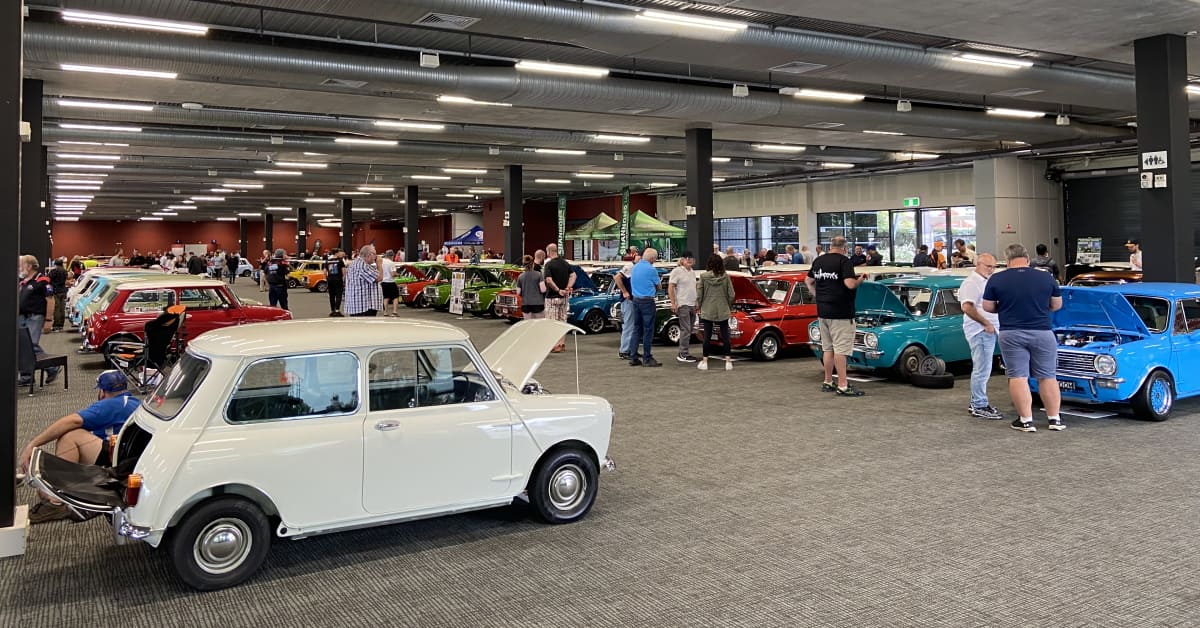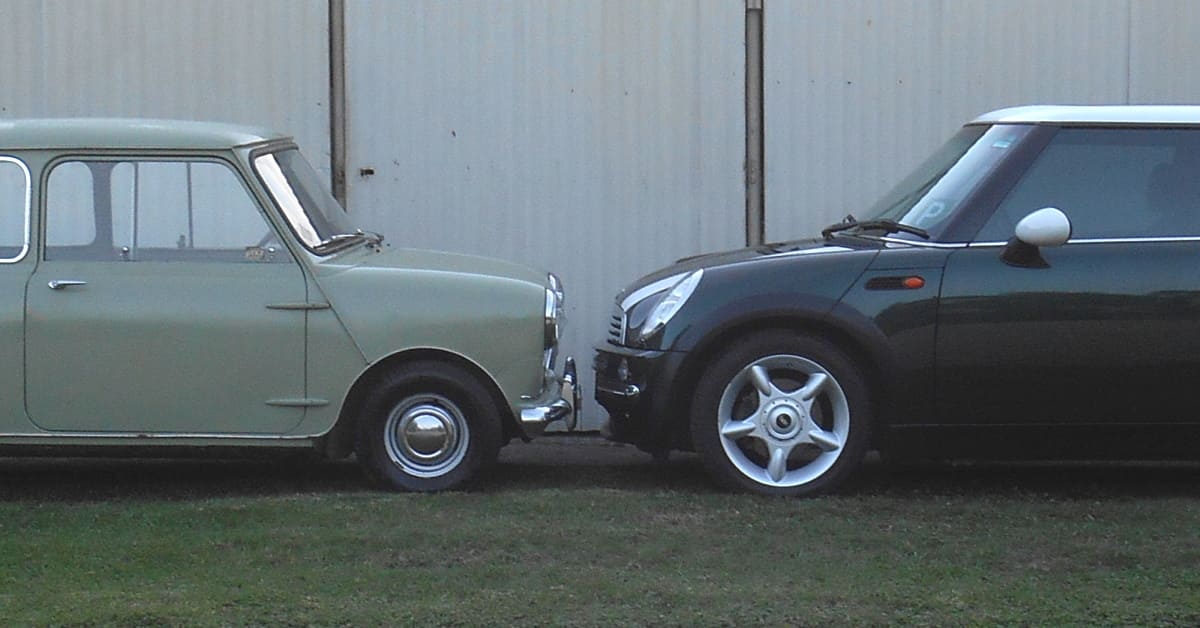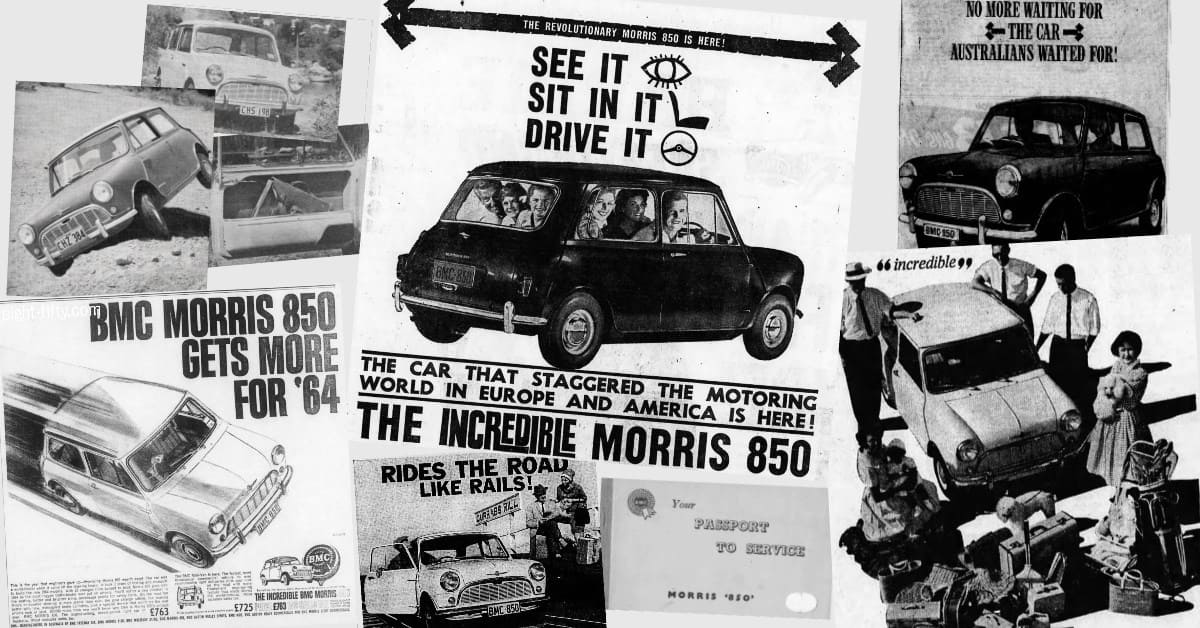
Back online: A successor returns to the road
At the fall of the hammer this Mini Minor was destined as a parts car, however discovery of its rarity soon led to an unexpected restoration.
JUNE 12, 2025
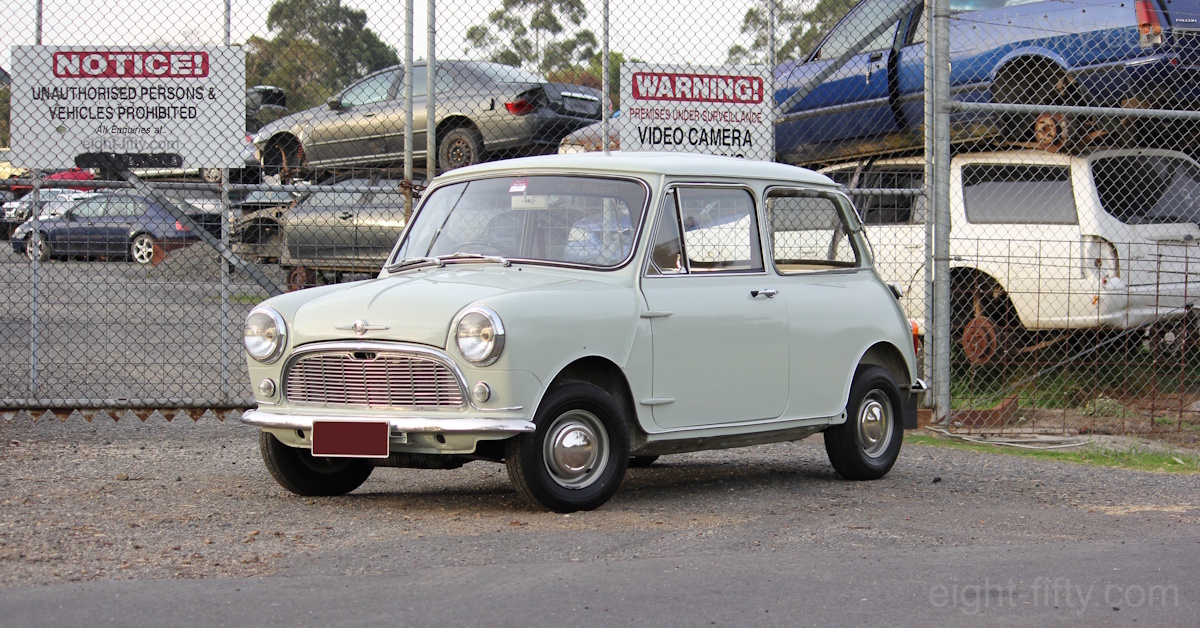
At an auction unlike any other, a poor dilapidated Mini sat at the end of one of the many rows. There were more than 300 vehicles lined up in various states of disrepair, together forming the estate auction of Bill Capron at Separation Street in North Geelong.
Mr Capron had amassed a vast collection of vehicles over the decades, often purchased as damaged insurance write-offs or from government auctions.
Whilst plenty were stored outside, some were dry stored inside protecting them from the elements. Mr Capron had a reputation for “not selling anything”, and so the vehicles remained where they were for many years.
At the auction in June 2016, bids on a Leyland Marina, Morris 1100 Automatic and a Leyland Mini were all unsuccessful, but a Mini Minor was secured with some competition.
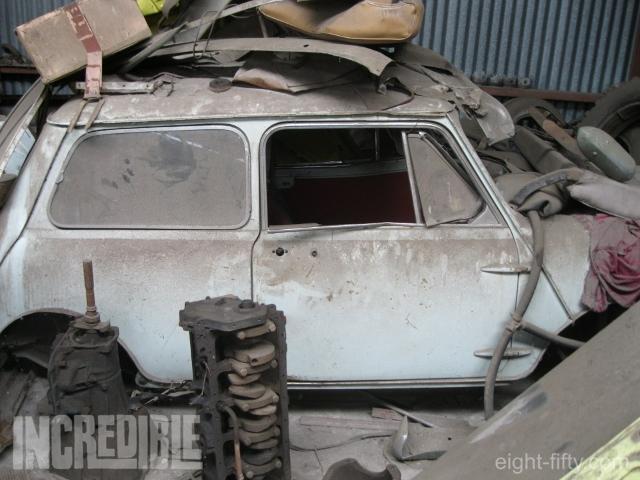

Uniquely Australian
The Mini is often unanimously referred to as ‘Mini Minor’, no doubt due to the first of the English Morris models having this name, however Australia did have its own Mini Minor model.
The Morris Mini Minor was introduced in the later half of 1965 as part of the new Mini range with wind-up windows.
As the successor to the Morris 850, it retained the rubber suspension, pressed steel grille, and plain door trims of the earlier model, but gained the uniquely Australian wind up window doors and new patterned vinyl for the seats. It was designated car type YMA2S3.
Due to the popularity of the new De Luxe model introduced in March 1965 (with many new features including Hydrolastic suspension, twin-leading front brakes, and more refined seat stitching), sales of the Mini Minor were minimal compared to what the Morris 850 had achieved. Production is believed to have totalled just 2,248 cars.
The basic specification and thus low cost meant the Mini Minor had great appeal for fleet buyers.
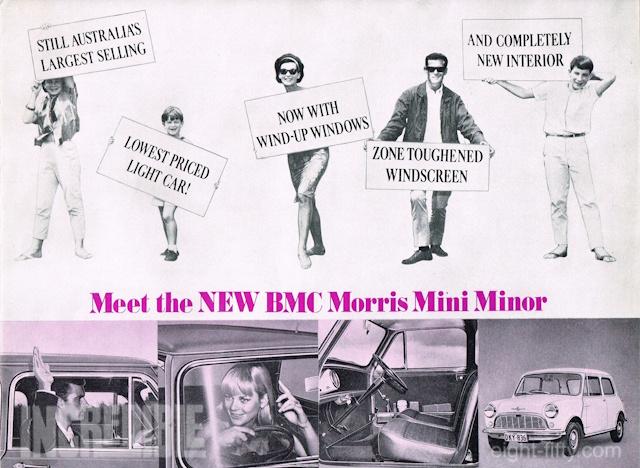
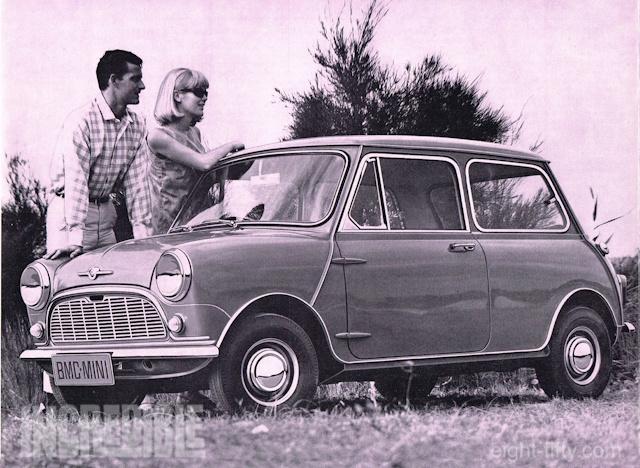
Heading home
With the auction purchase being both a basic Mini Minor and rust free, it was seen as the perfect donor for a Mini Van project sitting in the shed, as the model shares the same floor pan pressings and interior trim.
Loading up for the trip home, an unusual board was found buried in the back seat area, prompting questions if this Mini Minor was something special. At a stop on the way home (inspecting another Mini), an outline of ‘PMG’ was noticed on the passenger door.
What had been purchased was not just a typical Mini Minor, but one that had been in service with the government in the Post Master General (PMG) department (forerunner to Australia Post and Telecom). With a car number of 1530, it would have been made in late 1966 or early 1967.
Fleet vehicles for the PMG were built to order, with additional items specified from the factory by the department. These were documented as a Special Production Order (SPO) and included items such as a special fleet colour (Birch Grey), a lockable passenger door handle, and a false wooden floor in the rear instead of a back seat. The letters ‘PMG’ were also painted on each door and the required tyre pressure above the wheels (being 24 PSI).

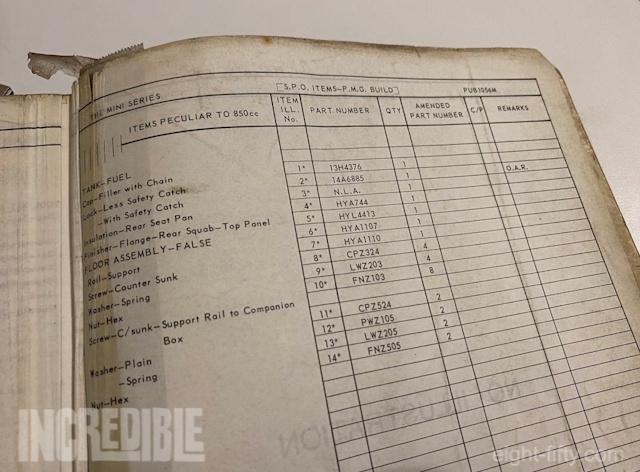
The car had been dry stored for most of its life, so had almost no rust (just a small hole in the rear seat pan). The reason for the storage was the downside, however. The car had been involved in a crash that saw it T-boned on the passenger side. Evidence suggests that the crash happened while still in service with PMG, so it had never been privately registered on the road.
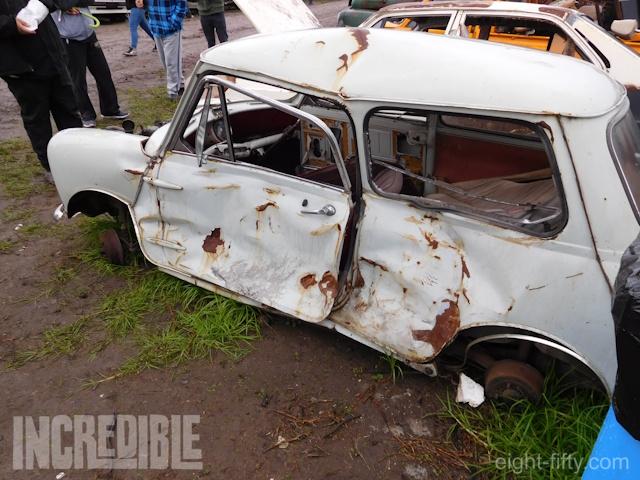
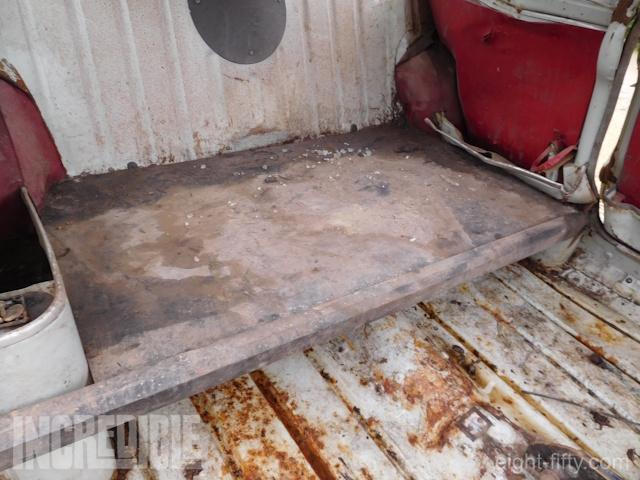

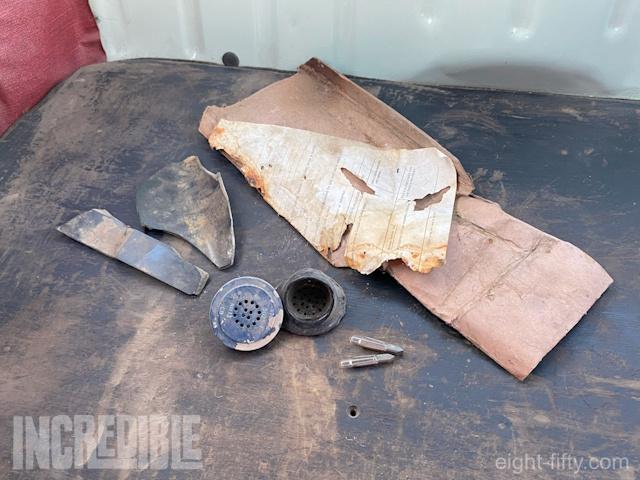
Commencing restoration
An assessment of the car deemed it restorable and a worthwhile project. Major panel work commenced, including the whole passenger side being replaced from a donor car. A full set of replacement bolt-on panels were also sourced, including an original Mini Minor boot lid.
Following years of restoration work, including pauses along the way, the body was painted in 2020 before final assembly progressed over following years. The original factory paint was retained in both the engine bay and the boot area rather than being resprayed.
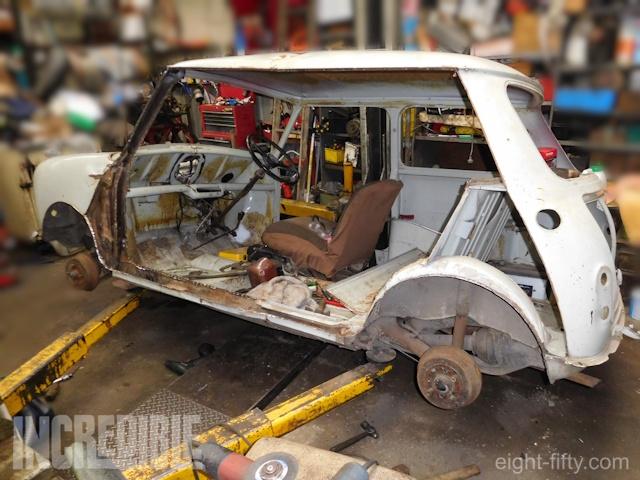
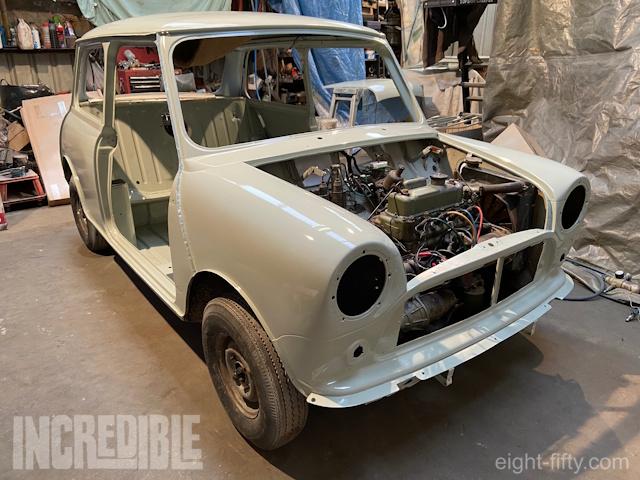
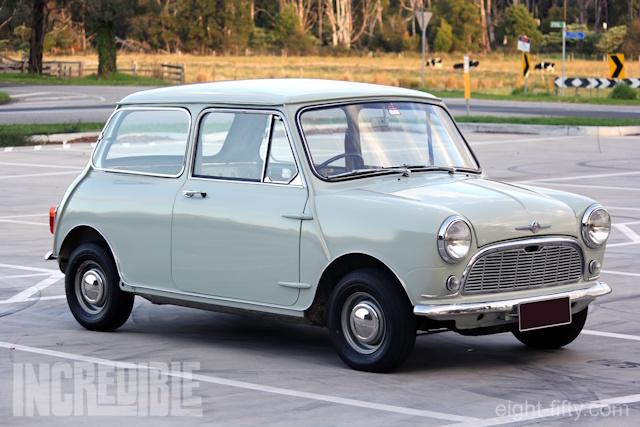
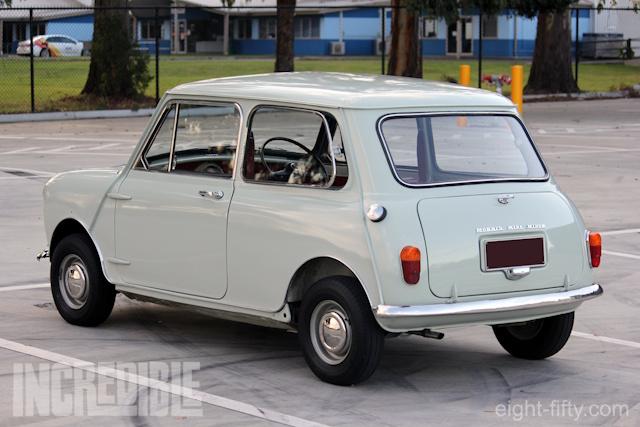

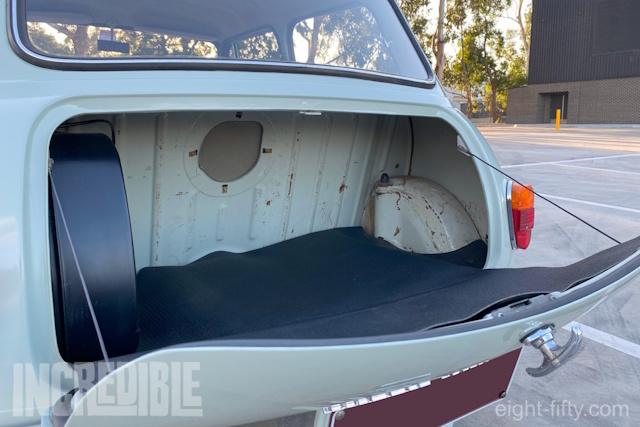
Original parts were reconditioned as much as possible, followed by use of parts salvaged from another two former PMG cars (credit to now-departed YG2S3 643 and 644). When new parts were required, genuine new old stock parts were used where available before modern replacements were sourced.
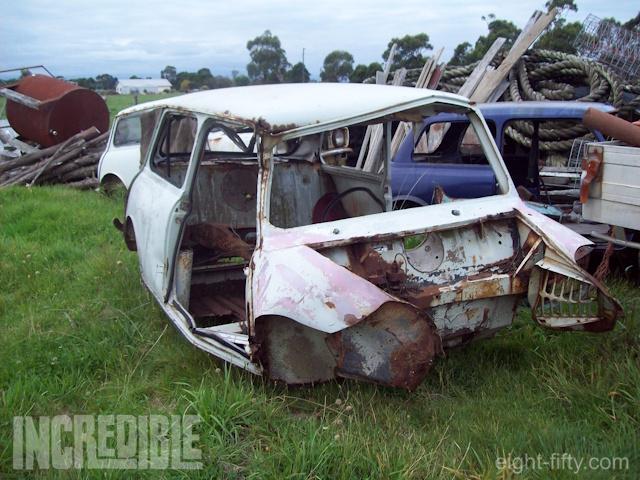
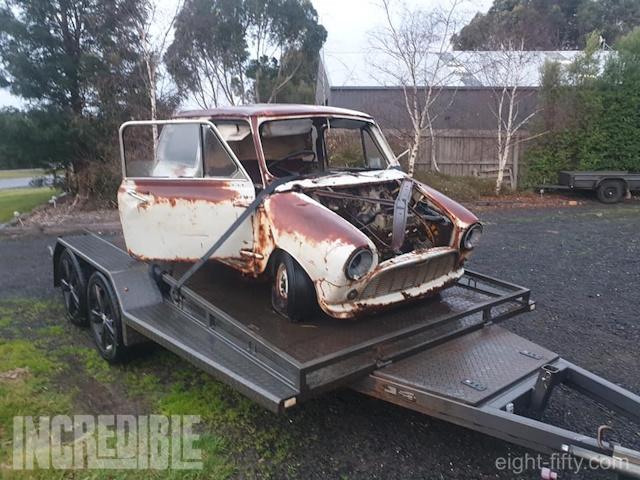
With the odometer at just 17,357 miles, the engine and mechanicals remained in excellent condition having not spent decades on the road like most cars.
Inside, the passenger seat trim was transferred to a non-damaged frame, and a driver seat trim was pieced together from three different seats to create a matching pair in the original patterned vinyl.
The rear rubber floor mat, though deteriorating, was put back in place. In the front a new carpet set was fitted and covered with accessory rubber mats, in tribute to the original basic style.
Period red BMC seat belts were fitted in the interests of safety, replacing a series of white plastic plugs that had originally blanked off the seat belt mounting points.

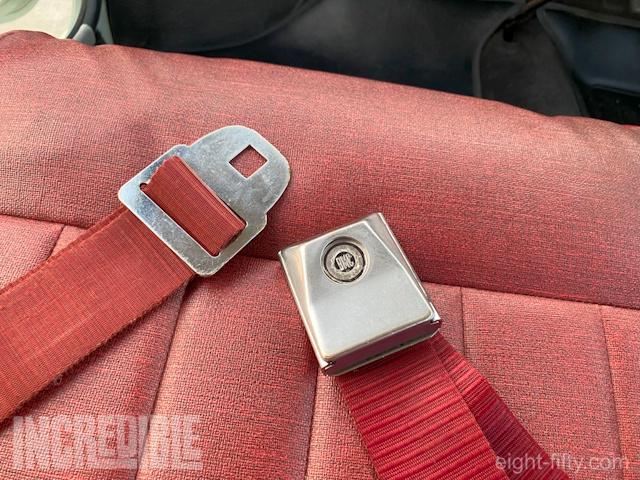
PMG Specification
The car retains the original PMG-specification features, most noticeably being the rear load floor in place of a back seat. This includes a chrome plastic strip along the rear parcel shelf edge.
Other items include a key lock on the passenger door, an anti-siphon spring in the fuel tank, and the Birch Grey paint colour. The passenger front guard retains the original painted ‘24’, which was taped off during restoration.
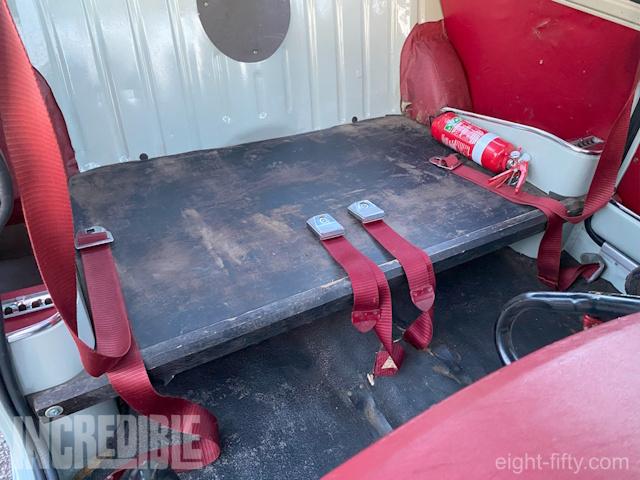

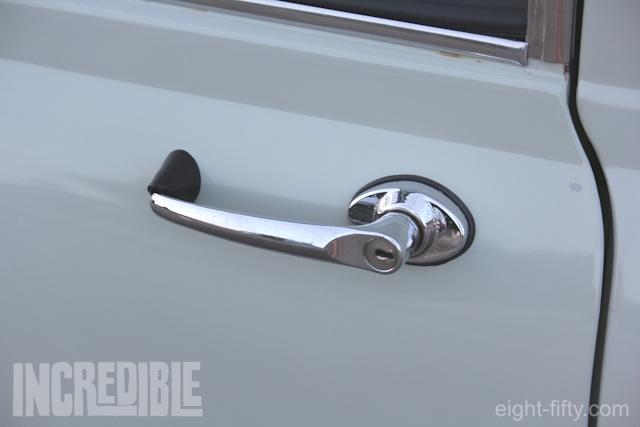
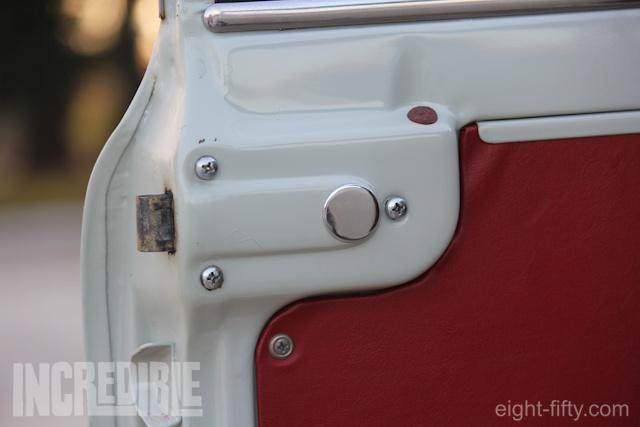
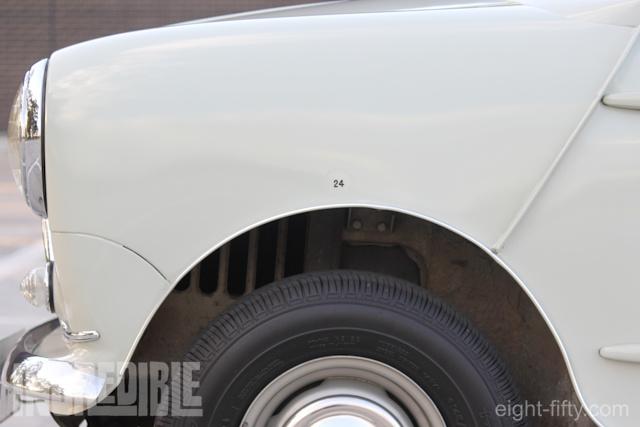

Back on the road
It goes without saying that the Mini Minor has certainly escaped being a parts car.
The car has returned to the road on club permit and regularly joins in on club runs and local events, and has even served as a wedding car.
The odometer finally clocked over 18,000 miles in 2025 after 50 years in the 17,000s.
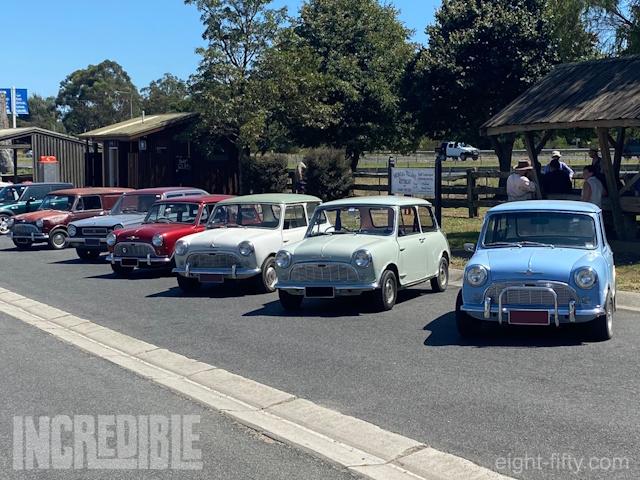
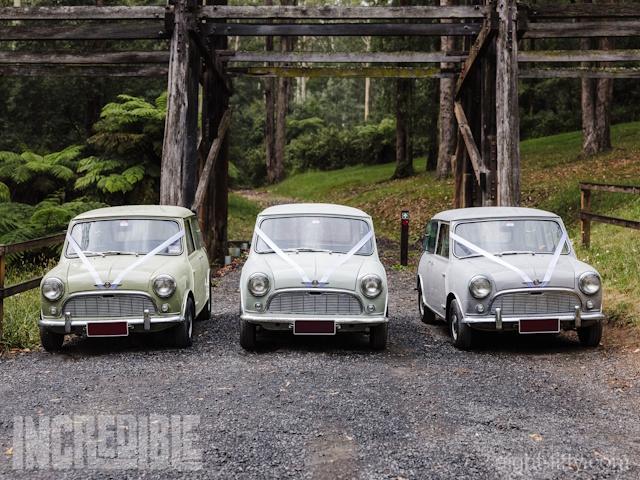
Footnote
In case you were wondering, the Mini Van project (for which the Mini Minor was originally purchased) is still patiently waiting in the shed for a new floor.
